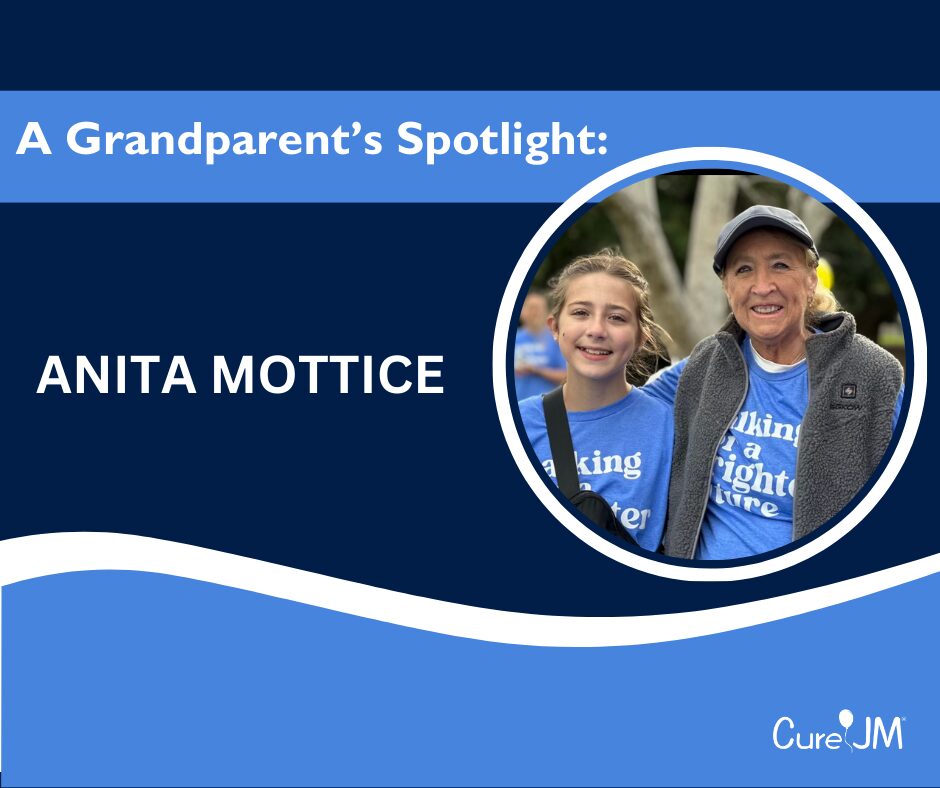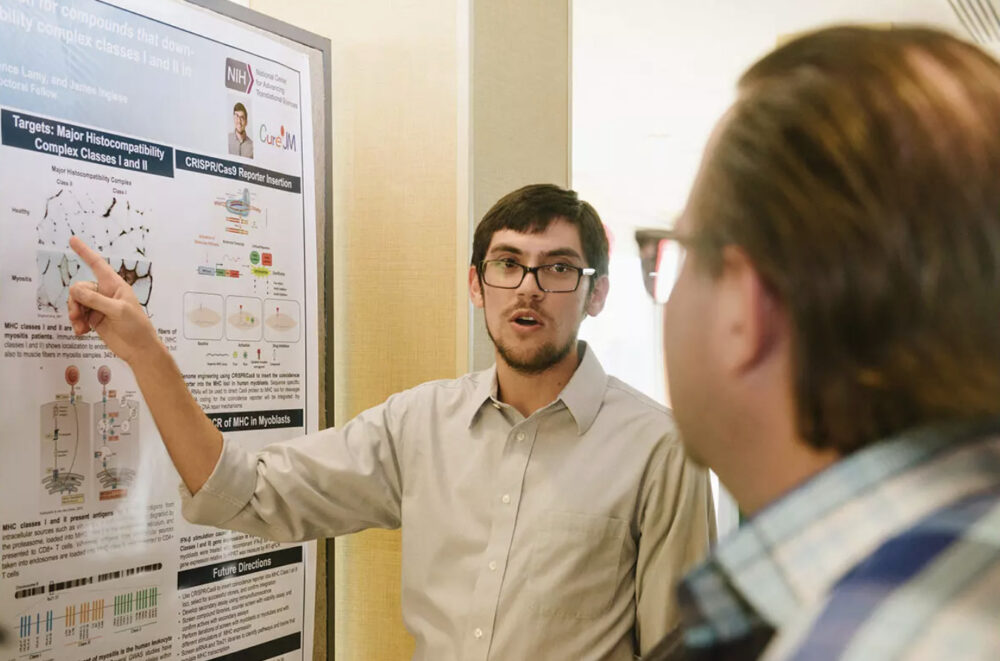You or a family member has just been diagnosed with juvenile dermatomyositis or another form of juvenile myositis, and you feel as if the world has shifted under your feet. You are not alone. Other families at Cure JM have gone through the same shock, uncertainty, and fear that you may be experiencing. The first few days, weeks, and months after diagnosis can be overwhelming and we hope these tips will help you find ways to organize and support yourself and your family following a diagnosis.
Embarking on the unknown journey that a juvenile myositis diagnosis brings can feel daunting at times. Adjusting to a, “new normal,” can take time, but with the proper support and knowledge you can navigate this journey with greater confidence.
In speaking with JM families nationwide, we have identified six, “mindful tips,” that are crucial when you, your child, and your family are battling JM.
1. Find & Manage Your Medical Team
- Find a physician with experience treating juvenile myositis. Specialists trained to care for children with juvenile myositis are typically Pediatric Rheumatologists. You can find experienced physicians here: Cure JM’s Clinical Care Network.
- You may also add a Pediatric Dermatologist to your child’s medical team.
- You may ask your Primary Care Physician or a case manager to help you mediate if necessary.
- You can always seek a second opinion! Choose the doctor who you are comfortable with!
- Contact Pain Management Services at your hospital as necessary.
2. Keep Accurate and Up-to-Date Notes
- Ask for copies of everything: clinic/hospital visits, summary notes, and lab reports. It’s often easier to get extra copies of labs, medical reports, and notes in the chart during the appointment or hospital stay rather than going through medical records later. These are often available online, as well, through your personal medical portal.
- Ask questions and write down the answers. Write down the doctor’s instructions and responses to your questions. You may not remember what transpired during the appointment, so writing down important information is vital.
- Have clear lists of your child’s current medication and note any changes to medication or treatment.
3. Get Informed
- Spend time going through the Cure JM website to learn about juvenile myositis, but remember that this disease can present uniquely in each case!
- Learn your child’s specific antibodies and write down your child’s treatment plan. These can be found at: Myositis Specific Antibodies (MSAs): What Families Need to Know and Treatment Plans for Juvenile Myositis
4. Seek Support
- You are your child’s best advocate. Trust your instincts. For more tips on how to be your child’s best advocate, learn from other parents in our Facebook Group.
- Let family and friends know how they can help support you as you support your child.
- Join Cure JM! Along with our Facebook Group, we hold conferences, virtual town hall meetings, and walks to raise awareness and funds for a cure.
- Facebook has other support groups you can join to ask questions as well.
5. Inform Others (school, family, & friends)
- Educate your child’s teacher or child care provider about juvenile myositis and what that means for your child.
- Describe the side effects of medications and ask them to discuss these with students (depending on your child’s age). Most kids with JM are on steroids which cause various physical and emotional changes, including weight gain, mood swings, etc.
- Look into a 504 plan or an IEP— visit our School Resources page for more information. This might involve you advocating for your child yet again.
- A 504 plan or IEP may allow your child modified PE time, the ability to wear a hat and other sun-protective clothing outdoors, excused days off for infusions, etc.
- Consider asking teachers or childcare providers to inform you when another child is ill with a bad virus or other unusual illness. Your immune-suppressed child can more easily catch contagious illnesses and can get more severe forms of an illness.
6. Take Care of Yourself and Your Child
- Take Care of Yourself Emotionally, Mentally and Physically. A rare disease Like JM is a challenging experience for parents. Take care of yourself so you can support your child. Ask for help when you need it.
- We also invite you to join Cure JM’s Mental and Emotional Support Facebook Group.
- Make sure your child is getting proper nutrition, exercise, and support.
- Take Care of your child and/or teen mentally too. What for signs of depression and anxiety?
- Children with JDM need to be careful when it comes to sun exposure. juvenile dermatomyositis causes sensitivity to the sun/ultraviolet light and even fluorescent light.




